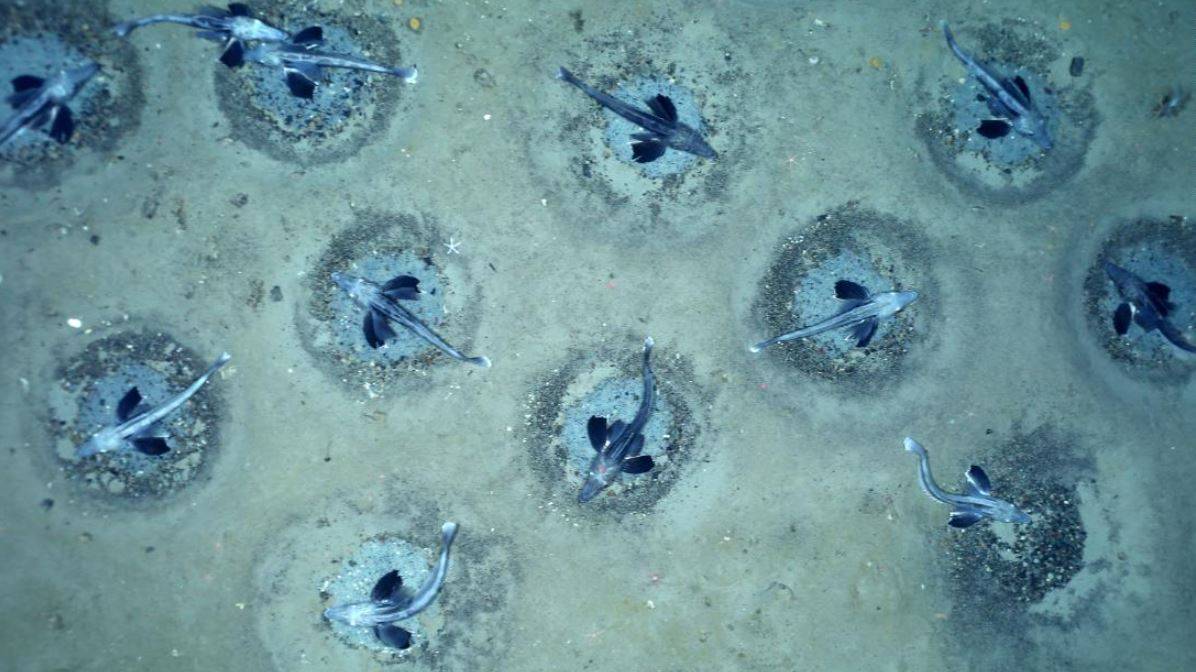
In Antarctica's ice-covered Weddell Sea, a spawning colony of 60 million fish has been discovered. The ecology, which was previously unknown, spans an area the size of Malta. It is thought to be the largest fish breeding colony on the planet.
The breeding colony was discovered by the German polar research vessel Polar stern in February 2021. The researchers were measuring ocean currents when they made the unexpected finding.
On Thursday, the icefish colony study was published in the Journal-Current Biology.
About Fish Breeding Colony:
Icefish (Neopagetopsis ionah) with a see-through skull and transparent blood live in the large colony. The only vertebrates without red blood cells are icefish.
To prevent ice crystals from developing and so surviving at such low temperatures, the fish have evolved an anti-freeze protein in their transparent blood.
Autun Purser, main author and postdoctoral researcher at the Alfred Wegener Institute in Bremerhaven, Germany, told CNN, "We basically witnessed fish nest after fish nest for the full four hours, and during that time we traversed maybe 6 kilometers (3.7 miles) of the seafloor."
"In 15 years as an ocean scientist, I'd never seen anything like it," Purser said. "We emailed the experts onshore who know about fish like this after that dive. They agreed that this was a one-of-a-kind situation."
The colony is around 240 square kilometers in size. The colony is thought to have around 60 million active nests, with each nest covering three square metres on average, according to the experts.
The nests were roughly 15 centimeters deep and 75 centimetres in diameter and were uniformly placed. They held an average of 1,735 eggs. One adult fish guarded the majority of the nests. Some merely had eggs in them, while others were empty.
Two camera systems have been installed to keep an eye on the icefish nests until a research vessel arrives to learn more about the environment.
Stay tuned with us to know about the world's most recent discoveries!!











